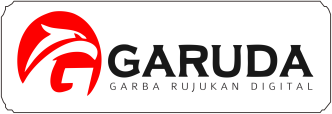Implementation of Differentiated Learning in the Merdeka Curriculum for History Subjects at Muhammadiyah High School Karanganyar
Abstract
The purpose of this study was to describe how differentiated learning is used in Tarikh learning in the independent curriculum of SMA Muhammadiyah 1 Karanganyar. This study used a case study design and qualitative research methodology. Information was collected from documentation, interviews, and observations. The Principal, BK Teacher, Tarikh Teacher, and two students in grades X and XII acted as research subjects. Triangulation of techniques and sources was used in the data validity test. The data were then subjected to three steps of analysis: data reduction, data presentation, and drawing conclusions based on Miles and Huberman's theory. The findings of the study showed that teachers used diagnostic tests to map their students' learning needs and characteristics before developing lesson plans based on the mapping results. Differentiated learning of content, process, and product was implemented by Tarikh Teachers at SMA Muhammadiyah 1 Karanganyar. This is evident from the mapping of results, which displays students' kinesthetic, auditory, and visual learning styles. Students who are enthusiastic about learning differentiation provide supporting factors, and a friendly classroom environment with adequate infrastructure and resources helps students feel safe and comfortable. Unlike date learning which is limited to 45 minutes per class, this learning is more hampered by the length of time. Weekly joint reflection is a solution offered by the Principal and BK Teacher.










